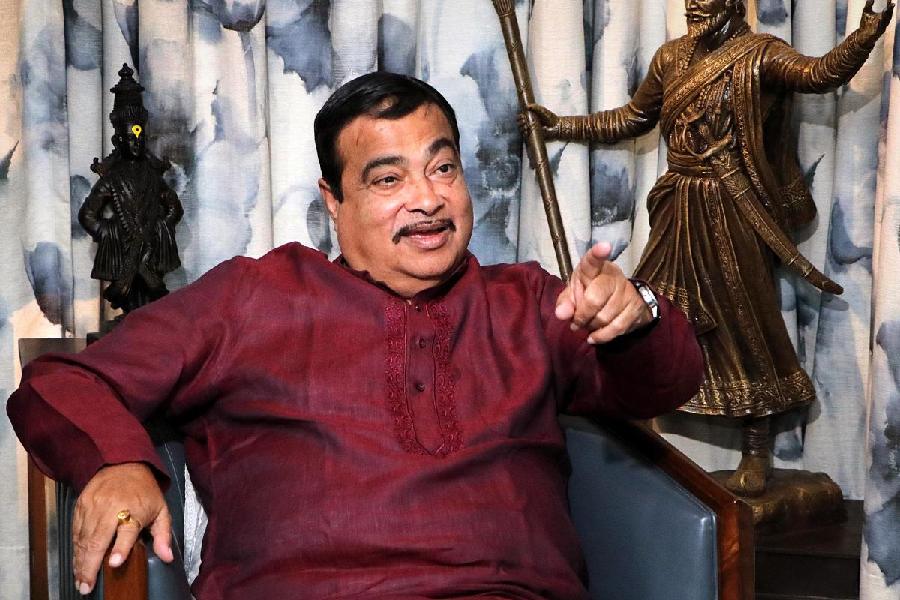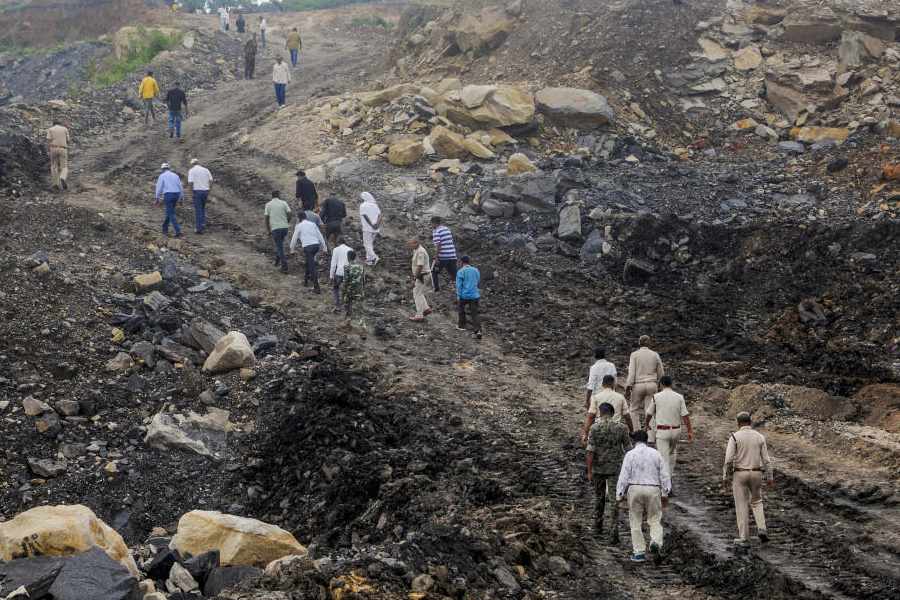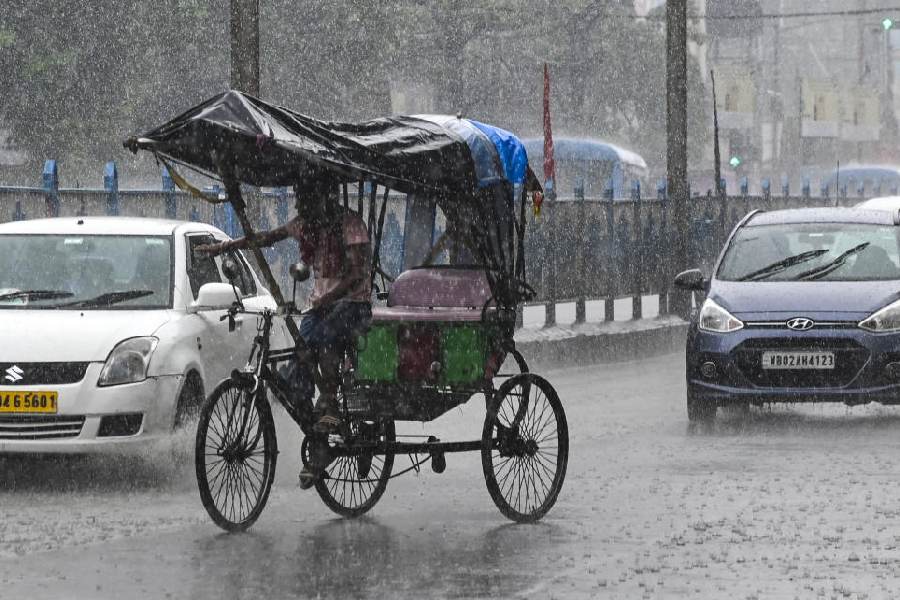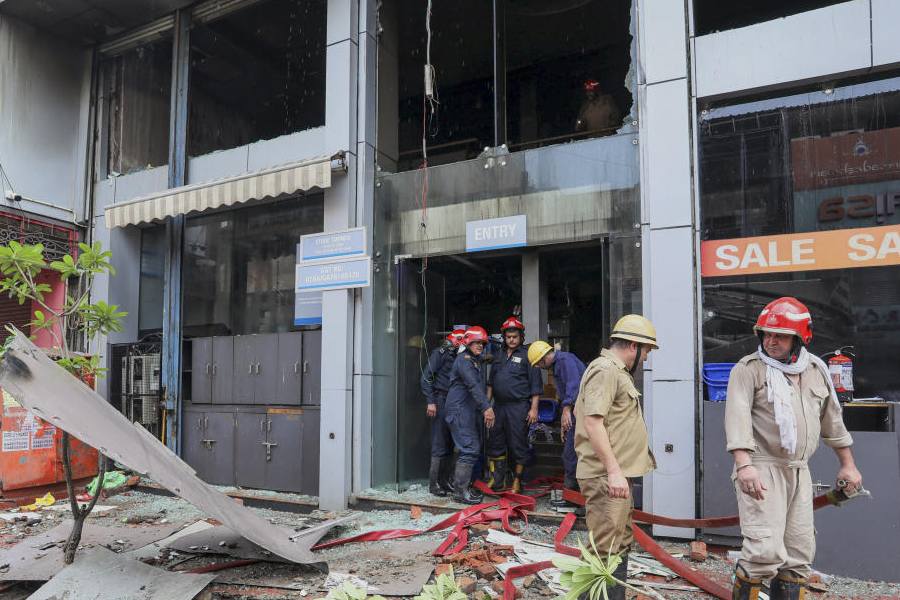 |
All that glitters is not pure gold. Pushpaben Mehta learnt it the hard way some weeks ago, when the 52-year-old housewife visited a jewellery showroom in Mumbai’s Zaveri Bazar to sell a 22-carat gold chain. The jeweller claimed the chain was of lower caratage, and offered her a price that was Rs 1,500 lower than what she’d expected for a 7.1 gm chain at prevailing gold rates.
Sadly, the chain was not hallmarked and Mehta had even misplaced the original receipt. “I never realised all this was such a great deal,” rues Mehta. “I am paying a heavy price for my ignorance.”
Traditionally, buyers like Mehta have trusted their family jewellers while buying or selling jewellery. Never mind a survey conducted by the Bureau of Indian Standards (BIS) among 120 jewellers in eight Indian cities a couple of years ago, which revealed that 88 per cent of those surveyed were not adhering to prescribed levels of gold purity; in fact, they were offering 12 per cent less gold in any item of a particular caratage.
Now that’s set to change. As gold prices look poised to cross the whopping Rs 10,000 per 10 gm mark in the next six months, jewellers as well as buyers like Mehta are realising that every carat counts. Consequently, hallmarking ? an official system to determine and record the proportionate content of the precious metal in gold jewellery ? is suddenly gaining momentum. “Three years ago, only five out of 100 customers in my showroom asked for hallmarked gold jewellery,” says Divyesh Shah, showroom and merchandise manager of Mumbai’s TBZ?The Original. “Today, 70 of them do.”
The sudden focus on hallmarking is understandable. Gold, in its pure form, is a soft metal. It is, therefore, mixed with copper, silver and certain other minor elements such as zinc and nickel to create jewellery. The caratage depends on the proportion by weight of gold in relation to the other base metals. As the price of gold shoots up, the chances of adulteration are higher.
In a notification circulated last November, the Reserve Bank of India directed all scheduled commercial banks, which issue advances against gold jewellery, to give preferential treatment to hallmarked items while deciding margins and interest rates, arguing that “banks would find granting of advances against the security of such hallmarked jewellery safer and easier.”
So far, hallmarking has met with little success in India. Since its launch in April 2000, only 1,084 jewellers of the three lakh in the country have acquired licences. The voluntary nature of the scheme has left much to the discretion of jewellers. Well-known brand D’damas, for instance, does not sell hallmarked jewellery despite holding a licence. Reason: the company cannot shoulder responsibility for getting each of its 400 franchised outlets certified. “Costs apart, we would not be able to pull it off logistically,” says Dharmesh Sodah, D’damas’s president.
Sometimes, hallmarked showrooms refuse to buy back hallmarked gold. “Unfortunately, there is no consensus in the jewellers’ community on whether or not to accept hallmarked gold,” says Indranil Pal, store manager at P.C. Chandra Jewellers, one of the largest jewellery houses in Calcutta.
The scheme’s biggest stumbling block, however, is logistics. There are just 34 assaying centres nationally, a number that is clearly insufficient to cover the length and breadth of the country and forces a jeweller to incur considerable transportation and damage costs. “So far, the scheme has grown in cities where there is significant jewellery trade or where hallmarking centres exist,” admits A.S. Jamkhindikar, head of the hallmarking division at BIS. “The benefits of the scheme are not available to consumers in other locations.”
An assaying centre needs investment of at least Rs 60 lakh, besides real estate. Ask Basant Raj Mehta who spent over Rs 1 crore on Varsha Bullion hallmarking centre in south Mumbai that boasts of sophisticated German assaying machines. Recognising the need for funds, the Central government recently announced a scheme to set up assaying centres on a pilot basis in 35 select districts with financial assistance of up to Rs 15 lakh. Consequently, the number of assaying centres is expected to double in the next two years.
The licence fee is yet another sore point, though a revised structure is in place. A licence will now be valid for three years and the processing fee is Rs 1,000. More important, jewellers will pay fees according to location: Rs 25,000 in metropolitan cities, Rs 20,000 in district headquarters and Rs 10,000 in other locations.
Even hallmarking charges at assaying centres have been rationalised: Rs 18 for jewellery weighing less than 20 gm and Rs 100 for those weighing more. “This way, the interest of small jewellers is protected,” says Jamkhindikar. Certainly, however, the jeweller will continue to bear the cost of repairing a certified item before placing it on the shelf, as some bits of the metal are often scraped off from the jewellery surface while testing.
For buyers like Pushpaben Mehta, these are significant steps toward preserving the purity of their priceless jewellery. Sums up World Gold Council managing director Sanjeev Agarwal: “As hallmarking gains ground, it will instill confidence in consumers and reassure them of the value of their holdings.”
watch out
When you buy hallmarked gold jewellery, look for the following marks:
BIS logo
Jeweller’s logo
Hallmarking centre’s logo
Fineness or purity code (916 for 22-carat; 750 for 18-carat)
Manufacturing year code (eg. ‘A’ for year 2000)
If hard to spot, ask for a magnifying glass.











